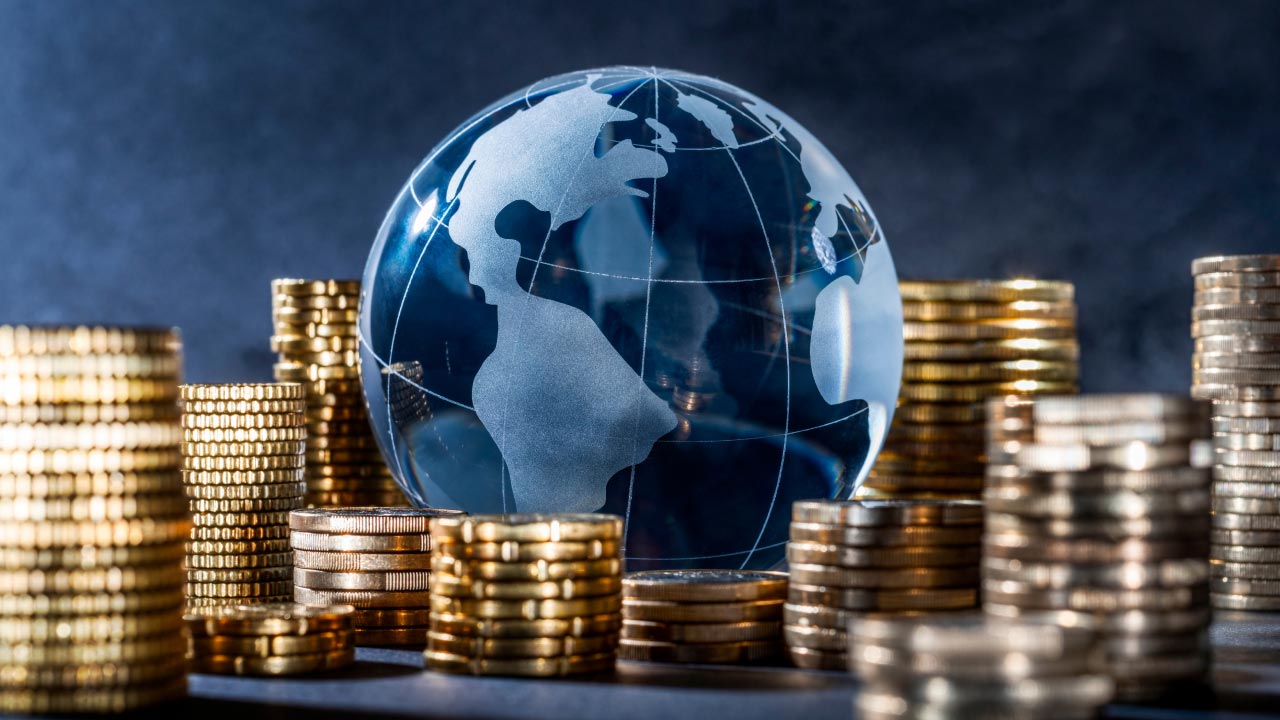The Federal Reserve’s monetary policy decisions ripple across the globe with unprecedented force, making it arguably the most influential economic institution worldwide. When the Fed adjusts interest rates or implements quantitative easing measures, the effects extend far beyond American borders, influencing everything from emerging market currencies to global commodity prices. This interconnected financial system means that a single policy decision in Washington can trigger economic adjustments in countries thousands of miles away, affecting billions of people who have never set foot on American soil.
The dollar’s status as the world’s reserve currency amplifies these effects, creating what economists call the “Global Financial Cycle”. Recent research demonstrates that U.S. monetary policy shocks induce significant comovements in international financial variables, with one global factor explaining an important share of risky asset price variations worldwide. Understanding these dynamics has become crucial for policymakers, investors, and businesses operating in our increasingly interconnected global economy.
The Transmission Channels: How U.S. Policy Spreads Worldwide
U.S. monetary policy transmits globally through three primary channels that work simultaneously to amplify its impact. The trade channel operates through changes in demand for goods and services, where U.S. monetary tightening reduces domestic demand, subsequently affecting foreign exports to America. When American consumers and businesses reduce spending due to higher interest rates, countries heavily dependent on U.S. trade experience significant economic contractions.

The financial channel proves even more powerful in today’s integrated markets. When the Fed raises rates, global financial intermediaries experience significant deleveraging, leading to reduced credit provision worldwide. This channel affects countries regardless of their exchange rate regimes, as movements in risk premia limit central banks’ ability to control their yield curves.
The spillback effect represents a unique dimension specific to the United States, where the Fed’s disproportionate influence on global markets eventually feeds back into the American economy. This creates a complex web of interactions that can either amplify or dampen the intended domestic effects of monetary policy.
Real-World Consequences: From Banking Crises to Currency Volatility
The empirical evidence reveals striking patterns in how U.S. monetary policy affects global economic stability. Research shows that a 1% tightening in U.S. monetary policy increases the probability of banking crises by 1.0-6.8% for countries with direct trade exposure to the United States. This relationship highlights the vulnerability of economies closely tied to American markets.
Emerging markets face particularly severe challenges during U.S. monetary tightening cycles. These countries often experience capital outflows, currency depreciation, and sudden stops in foreign investment. The contractionary effects are remarkably uniform across both advanced and emerging economies, with industrial production contracting globally and prices adjusting downward following Fed tightening.
Currency markets respond immediately to Fed policy changes, with foreign currencies typically depreciating against the strengthening dollar. This appreciation doesn’t necessarily improve trade balances for affected countries, as decreased domestic spending often offsets any competitive advantages from currency depreciation.
Policy Responses and Adaptation Strategies
Central banks worldwide have developed various strategies to mitigate the adverse effects of U.S. monetary policy spillovers. Most commonly, foreign central banks attempt to counteract recessionary effects by lowering their policy rates. However, this approach faces limitations as increased risk premia can lift the long end of the yield curve, working against the policy impulse.

Flexible exchange rate regimes were traditionally viewed as providing insulation against foreign monetary shocks, but recent evidence challenges this assumption. Countries with floating exchange rates remain subject to similar financial spillovers, as global financial integration limits the effectiveness of exchange rate flexibility as an absorber.
Some economists propose developing alternative reserve currency systems to reduce global dependence on the dollar. The Chinese yuan has been suggested as a potential alternative, though such transitions would require fundamental shifts in global financial architecture.
Looking Forward
The global impact of U.S. monetary policy will likely intensify as financial markets become increasingly integrated. Recent events, including the COVID-19 pandemic and geopolitical tensions, have raised questions about whether the decades-long trend toward globalization might reverse. However, the evidence suggests that U.S. monetary policy’s global influence remains robust regardless of these structural changes.
Understanding these dynamics becomes crucial for international investors, policymakers, and businesses. As the Fed continues to navigate post-pandemic economic conditions, its decisions will continue shaping global economic outcomes, reinforcing its role as the world’s de facto central bank.
